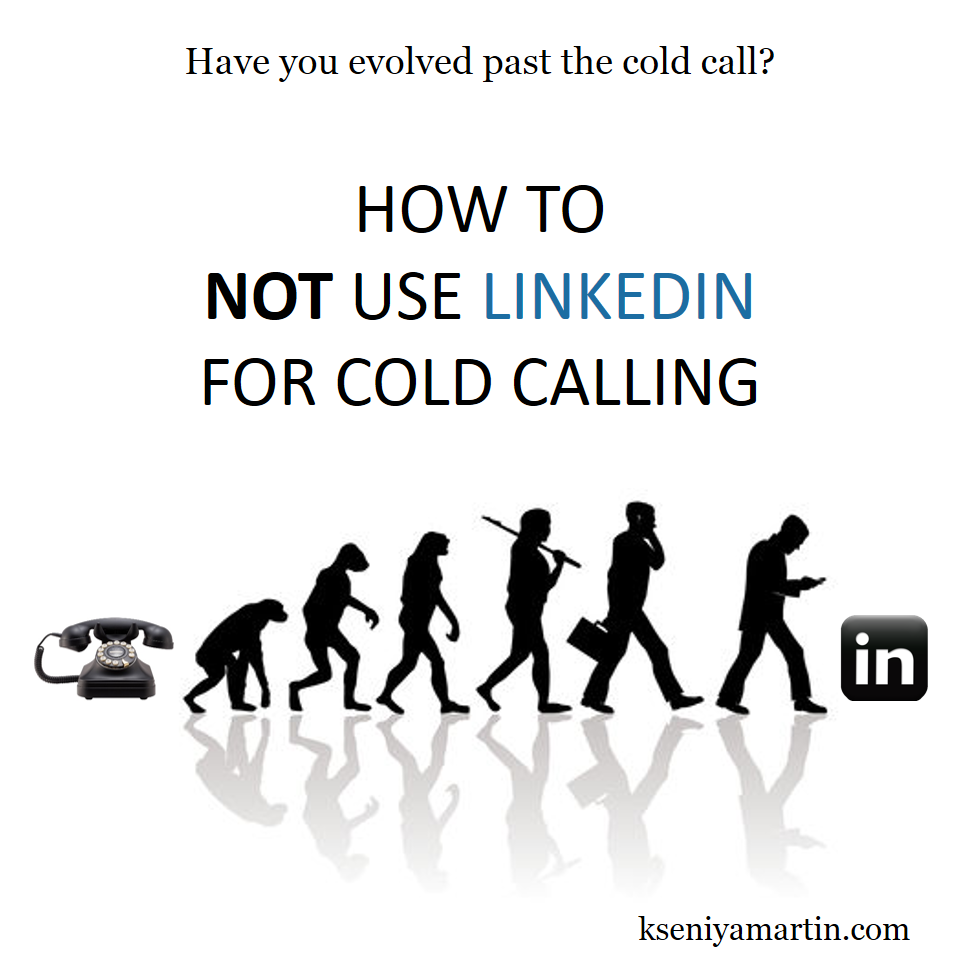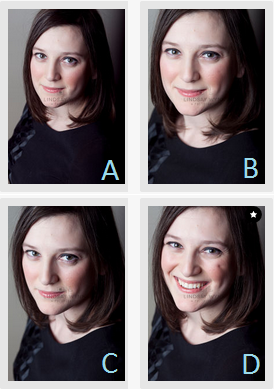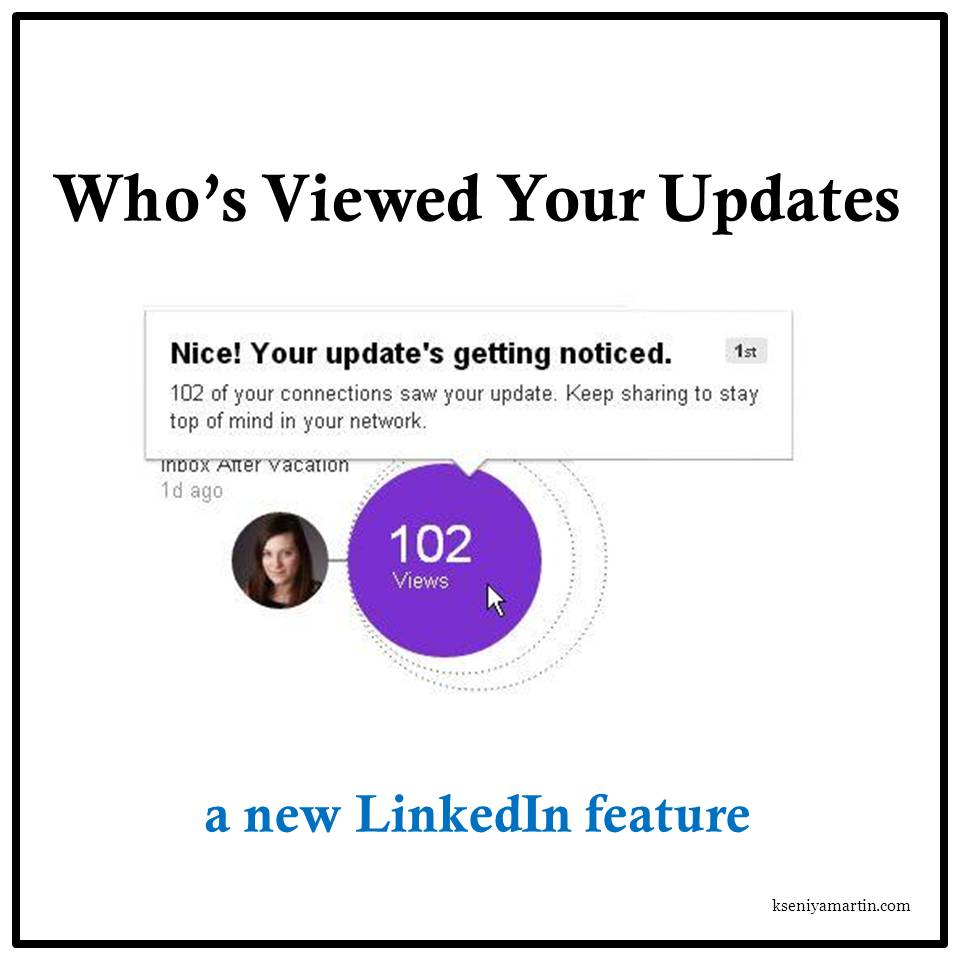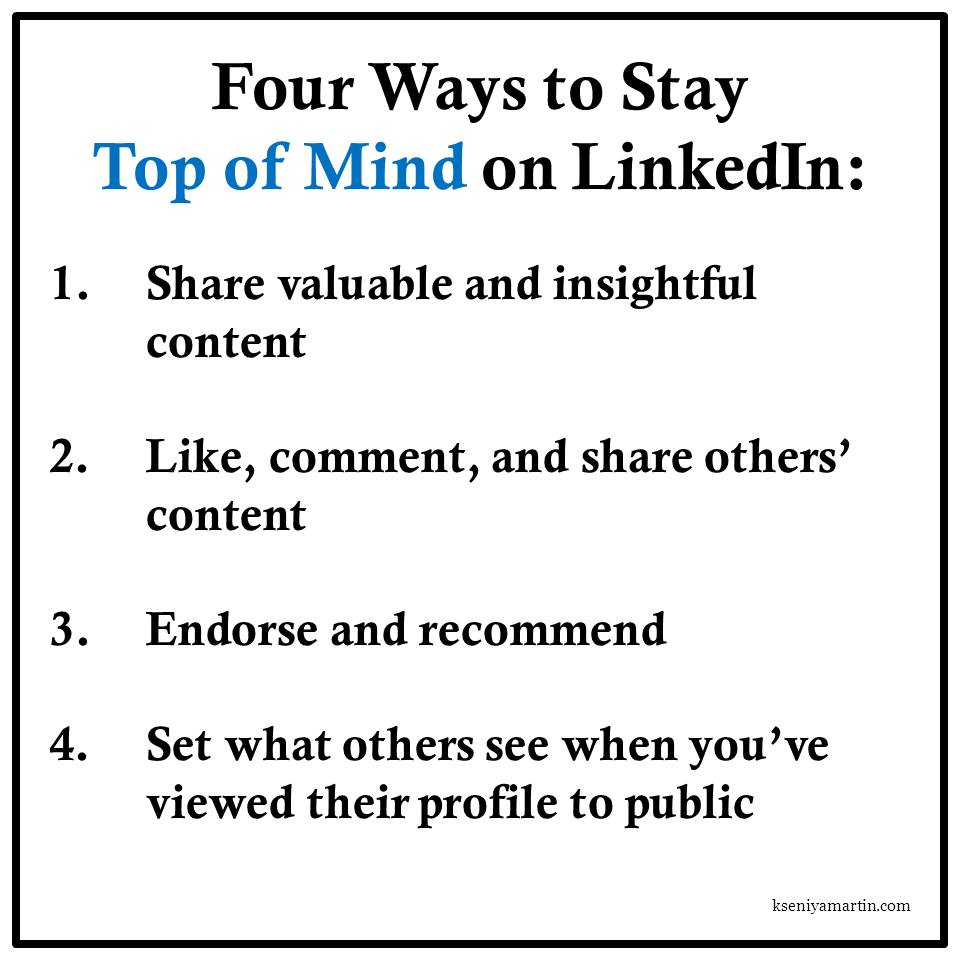A few days ago I noticed that LinkedIn has added a new feature
on their home page labeled “Who’s Viewed Your Updates.” This is an
exciting new feature because it shows you how many people have seen
your update and it allows you to analyze what information your network really
wants to see. That’s powerful information and best of all it’s available
for free (detailed insights are available for premium accounts)!
2. Like, comment and share others’ content
Content is only one part of helping you stay top of mind.
You have to be active by liking and sharing others’ content as well. My
personal rule of thumb is to keep 80% of my likes, shares, and comments
specific to my industry and reserve 20% for all other interests.
3. Endorse and recommend
Regardless of whether you love or hate the feature, endorsements
can be a great tool not only as a “feel good” but to also
remind someone of your existence. But I must caution you, do not do it just do
it and only endorse people for things that you can honestly back up with a true
recommendation. This is why a recommendation is more powerful.
Recommend past colleagues, current colleagues, and customers. Help others
be viewed as experts and rock stars in their field.
4. Set what others see when you’ve viewed their profile to
public
There are pros and cons to setting your profile view to public
and for the longest time I hid behind the wall of anonymity. Staying
anonymous allowed me to view others’ profiles without their knowledge of who I
was and in my past role it was a good way to screen candidates prior to their
interview with our company. Now my profile is set to public and I
wouldn’t have it any other way. This feature allows you to see who has
viewed your profile but even more importantly, it allows others to see that you
have viewed theirs.
People do business with people they know, like, and trust. Sharing
content and staying active on social networks helps build your personal brand
and helps you stand out as the Subject Matter Expert (SME) amongst a sea of
others who do not bring value to their customers and networks.
And remember, it’s not all about you. Give to give, not
give to get. Your activity should be 90% about others and 10% about you
or your company.






